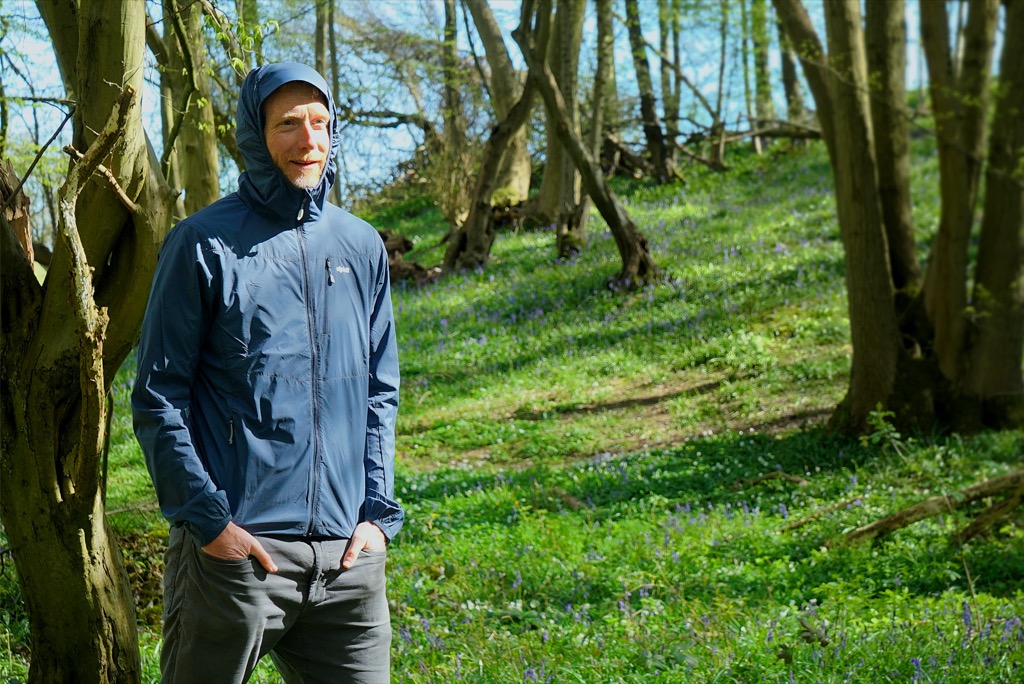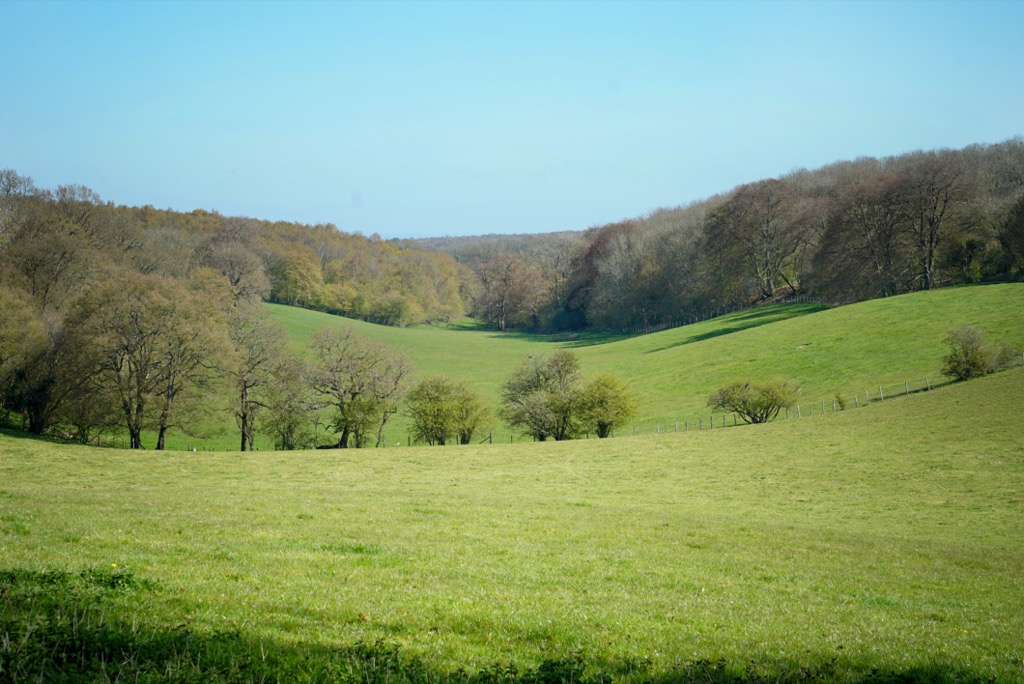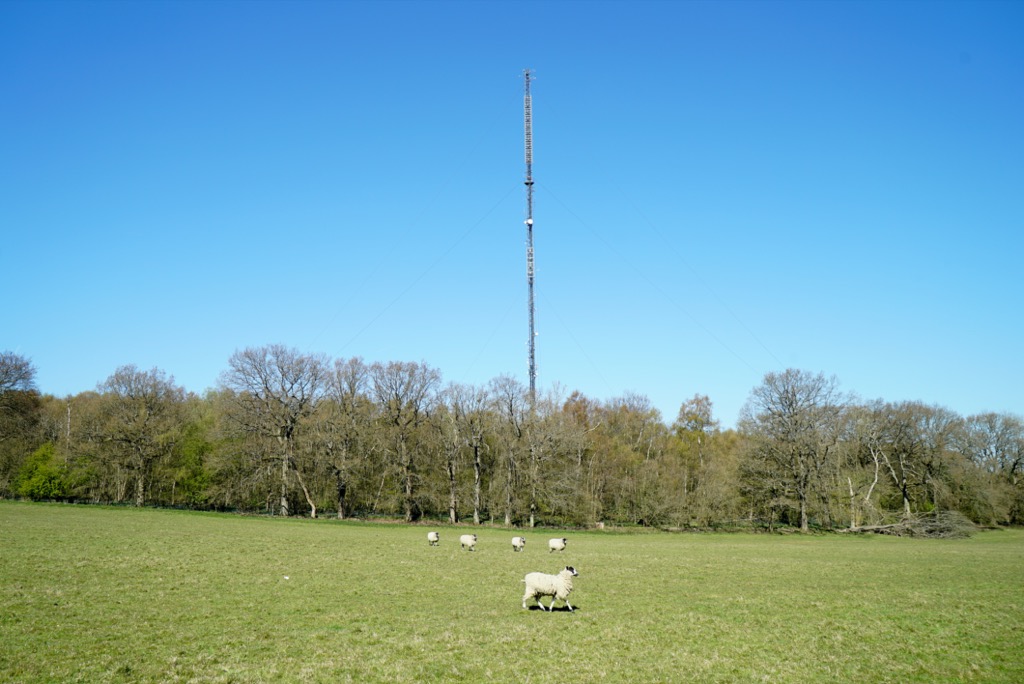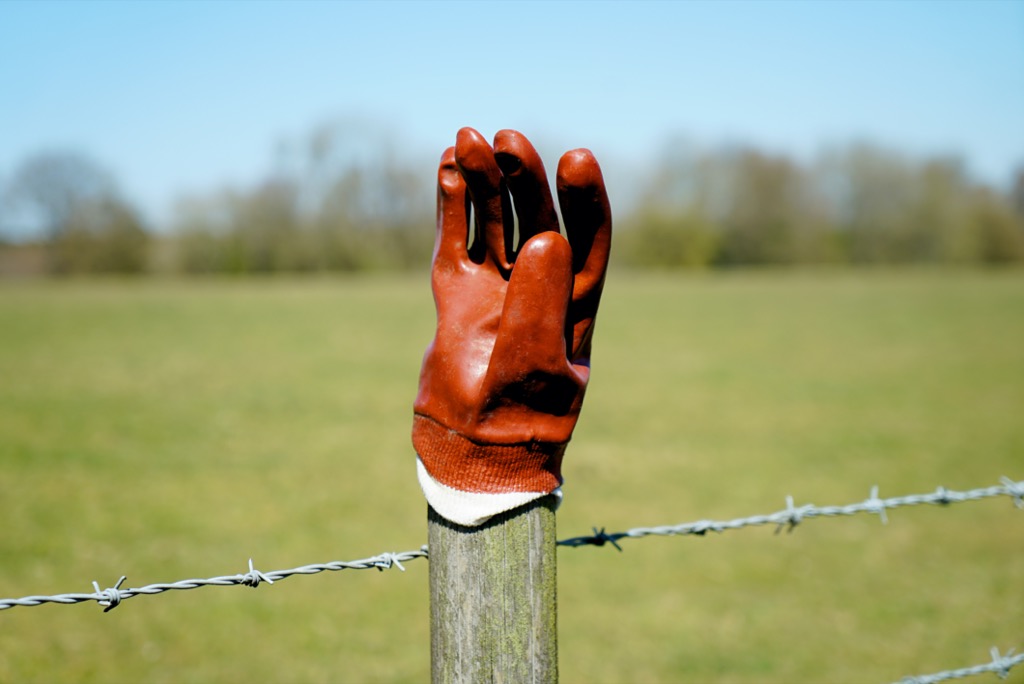[Here’s a link to other forays around my map.]
My mood this morning came to be set not by the bright blue sunshine or the bloom of bluebells. Instead I was in a blue mood following a ‘Get off my land’ ticking off right at the start of my ride. I always hate any form of confrontation – even a cross Tweet upsets me all day. But this one annoyed me more because I was actually on a public footpath when the 4×4 pick-up truck emblazoned with the local estate’s name stopped on the road below and started shouting at me.
As I have been exploring a single map over lockdown, one of my constant frustrations has been how little of the land I am legally allowed access to. It is ridiculous that once upon a time somebody said, ‘This wood is now mine. This river and this hillside too. I am claiming it. It is mine. You are not allowed to come here any more.’ And yet that is the situation faced by anyone in England who is not a landowner, but wishes to enjoy the land. Half of England is ‘owned’ by less than 1% of the population. Allemansrätten is the right, in much of Scandinavia, for every man and woman to roam the countryside. The majority of the English countryside is out of bounds for most of its population. 92% of the countryside and 97% of rivers are off limits to the public. In all but one tenth of the English landscape, to wander off the footpath, to swim in a river, to explore and educate ourselves about our countryside, can leave us branded a trespasser and expelled from the land. This is neither fair nor reasonable, and in a time where the need to reconnect with nature is more urgent than ever, it is not sustainable. Only 9% of England is built upon, and the rest comprises open countryside, farmland and ‘natural spaces’ (forests, lakes, grasslands etc). In short, England is full of space, but it’s hidden by brick walls and barbed wire.
But with rights must come responsibilities. For as well as being frustrated by how restricted I am in my own country, I also sympathise with farmers and landowners who endure littering, fly-tipping, dogs chasing sheep, dog poo bags and so on.
However, I rode out this beautiful spring morning to look for bluebells, not to get in a grump! And so into the woods I went. And I was not disappointed. Bluebell season is one of the most beautiful times in England, when pockets of shaded ancient woodland overflow with a blue stream of beautiful flowers. Every year I am shocked by the abundance of the bluebells, and by the vibrancy of their colours. It doesn’t feel British, somehow, to have such glorious beauty. I think of Britain as a gentle, muted landscape, but bluebell woods are nothing if not extravagant.
A bluebell’s common or colloquial names include English harebell, wild hyacinth, cuckoo’s boots, granfer griggles, witches’ thimbles, lady’s nightcap, fairy flower, cra’tae (crow’s toes).
Many insects reap the benefits of bluebells which flower earlier than many other plants. Woodland butterflies, bees and hoverflies all feed on their nectar. Bees can ‘steal’ the nectar from bluebells by biting a hole in the bottom of the flower, reaching the nectar without the need to pollinate the flower.
There are countless folklore tales surrounding bluebells, many of which involve dark fairy magic. Bluebell woods are believed to be intricately woven with fairy enchantments, used by these mischievous beings to trap humans. It is also said that if you hear a bluebell ring, you will be visited by a bad fairy, and will die not long after. If you are to pick a bluebell, many believe you will be led astray by fairies, wandering lost forevermore.
In the language of flowers, the bluebell is a symbol of humility, constancy, gratitude and everlasting love. It is said that if you turn a bluebell flower inside-out without tearing it, you will win the one you love, and if you wear a wreath of bluebells you will only be able to speak the truth.
Their sticky sap was once used to bind the pages of books and glue the feathers onto arrows, and during the Elizabethan period, their bulbs were crushed to make starch for the ruffs of collars and sleeves. Due to their toxicity, there has been little use for bluebells in modern medicine. However, their bulbs have diuretic (increases urination) and styptic (helps to stop bleeding) properties, and research on how these flowers could potentially help fight cancer is ongoing.
Seeing bluebells scattered along a grassy verge or carpeting a woodland floor has to be a highlight of any spring walk. These delicate blooms can be found across Western Europe, but about half of the world’s population is right here in the UK. Bluebells take a long time to get established, so if you come across a thick swathe of them it’s often a sign that you’re walking through an ancient woodland.
I stepped over a damp ditch full of Cuckooflower and walked along a footpath in the sunshine. I saw my first swallow of the season as a chaffinch sang loudly in the hawthorn hedge.
The swallow is an iconic bird in the UK and for many, the herald of spring. With its soothing, twittering song and its loop-the-loop flight, it is a welcome sight in our skies.
It has inspired us throughout history, with its common name changing to reflect our changing rural architecture – house swallow, chimney swallow and now barn swallow. It has even been believed that harming swallows would bring bad luck. Swallows undertake an impressive 6000 mile migration between the UK and South Africa twice a year in search of food.
They nest in the UK in the summer, but as they only feed on aerial insects (the majority of which are large flies, such as horseflies and bluebottles), their food source starts to run out in the autumn.
Faced with the prospect of little or no food, they start to head south during September and October.
It’s no walk in the park for our departing swallows as their extreme migration takes them south through Europe and across the Sahara desert.
They cover approximately 200 miles a day, generally at about 20mph – the maximum flight speed recorded was a whopping 35mph. Most songbirds use a nest for just a single clutch or season, then build a new one – if they survive to breed again. But one study showed that most swallows returned to the same colony, with 44 per cent of pairs reoccupying the same nest. “This is remarkable given the length of a swallow’s return migration from its wintering grounds in South Africa,” says Rob Robinson, associate director of research at the BTO. Robinson has studied this iconic species’ unusually strong nest-faithfulness, a phenomenon called philopatry.
They travel down through western France and eastern Spain into Morocco, before crossing the Sahara Desert and the Congo rainforest – finally reaching South Africa and Namibia.
Swallows migrate during daylight, flying quite low and covering about 320 km (200 miles) each day. At night they roost in huge flocks in reed-beds at traditional stopover spots. Since swallows feed entirely on flying insects, they don’t need to fatten up before leaving, but can snap up their food along the way. Nonetheless, many die of starvation. If they survive, they can live for up to sixteen years.
In the next field young lambs pranced around and pestered their mothers for milk. March and April are peak lambing time in the UK, although the main season runs from February to April and some farmers even lamb before Christmas. Lambing is a very busy time for farmers. Ewes don’t stop lambing when the sun goes down, so somebody needs to be on hand to keep an eye on them day and night. If a lamb is large or in a difficult position, the farmer or a helper sometimes needs to intervene and assist the ewe. The normal presentation of a lamb looks like it is diving – it should come out with both front feet pointing forward and its head resting between its forelegs. During April the ewes and lambs are out in the fields pasture together, with the ewes grazing and the lambs initially suckling before moving on to a mixed diet of grass and milk. Lambs weigh roughly 2.5kg when they are born and grow incredibly quickly (around 300g a day when drinking lots of milk from their mothers).
Sheep-meat (mostly lamb) consumption has seen a gradual decline in the UK for some time. This is likely due to limited cooking versatility and a perceived higher price point. Although consumption has trended down 10% in the last decade, it is still much higher in the UK on a per capita basis than in many other developed nations, a legacy of the historic importance of the wool trade within Britain’s economy.
Dominating this grid square is a 180-metre tall radio transmitting station, a giant metal spike thrusting into the sky, dotted with small dishes. It transmits BBC radio signals across the southeast of England. It is a well-chosen location for from here I could see all the way across my map and far beyond in every direction. The green landscape rolled down away from here in every direction, dissolving gently into the horizon’s haze. I made my way across a footbridge over the busy motorway and went into the woods to search for what I’m pretty sure will be the highest trig point on my map. I really like the wild land squashed up against motorways. It always feels like a secret discovery, un-noticed by the thousands of people thundering by just metres away at 70mph. Yet at the same time I am always surprised to find signs of other people having been in these liminal spaces before me. In this pretty wood (mostly of oak and beech with a carpet of dog mercury, but also stands of pine which reminded me of Castille in Spain and seemed to miss the chirrup of cicadas), someone had set up a cross-country running course, with orange arrows and plastic marker tape hanging all over the place.
I found my trig point on the edge of the wood, tucked in brambles beside a flinty, dry ploughed field. It took me three goes with the ten-second timer on my camera to successfully capture my dash, climb and celebratory pose, but I got there in the end! The top of my map, sunshine, swallows and bluebells. Today was worth smiling about, after all.














Comments